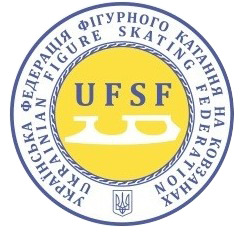I will respond to the rest later, but why exactly is this such a big deal

Surely a skating judge knows the BVs of each jump?
Did you look at the detailed Scale of Values that I posted?
Even if you have memorized that the value of a 3S is 4.3, which a judge who judges events full of triples is likely to know, quick -- how much is a 3S< worth?
And how much would, e.g., -3 be worth for each of those jumps?
It is absolutely not the judges' job to memorize all those values. Nor, for that matter, the tech panel. The computer program takes care of the calculations.
The judges' job is to evaluate quality. And under current rules, they evaluate the quality of jump combinations and sequences as whole units. And they only have 11 options for which score to award, -5 through +5. The computer takes care of figuring out how many points that is worth, based on the base value of the highest scored element, which might not be the one you think it would be after e and/or << calls.
This isn't what I mean though? I am saying, it makes no sense to score 3Lz+3T which includes a small 3Lz but a well done 3T on the base value of a 3Lz. If both are clean, then we are doing a good job marking GOE based off the 3T.
That's not how it works. In the ISU system, the GOE is based on the quality of the element as a whole. That can include positives (which may earn a plus to the GOE) and negatives (which may or may not be errors or weaknesses worthy of minuses) of each jump and also the connection between them. Pluses on one jump and minuses on another can balance out to a final GOE somewhere in between what each jump would have earned on its own merits. But determining how many points that actually adds (or subtracts) up to is not part of the judges' job.
If you want to put the judges in charge of thinking about the numbers, you need to redesign the system from the bottom up and then retrain the judges.
And even if that 3Lz is e or < or <<, it still wouldn't matter, because my point would remain the same, that the 3T is well done, so give the GOE to that jump.
That only makes sense if each jump is being scored separately. Which is not the case.
Giving one GOE to the whole element but also deciding which base value to use is not practical.
What you're proposing is for GOEs to work in a completely different way, both in how judges think about the scoring and in how the scoring would be entered into the computer and calculated. In which case you would need to propose how to change the computer calculations and the interface that the judges use to input their scores. Do you care to figure out the details?
 Surely a skating judge knows the BVs of each jump?
Surely a skating judge knows the BVs of each jump?


